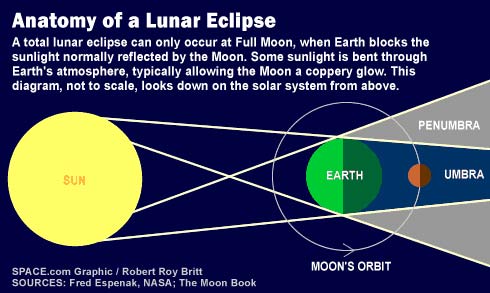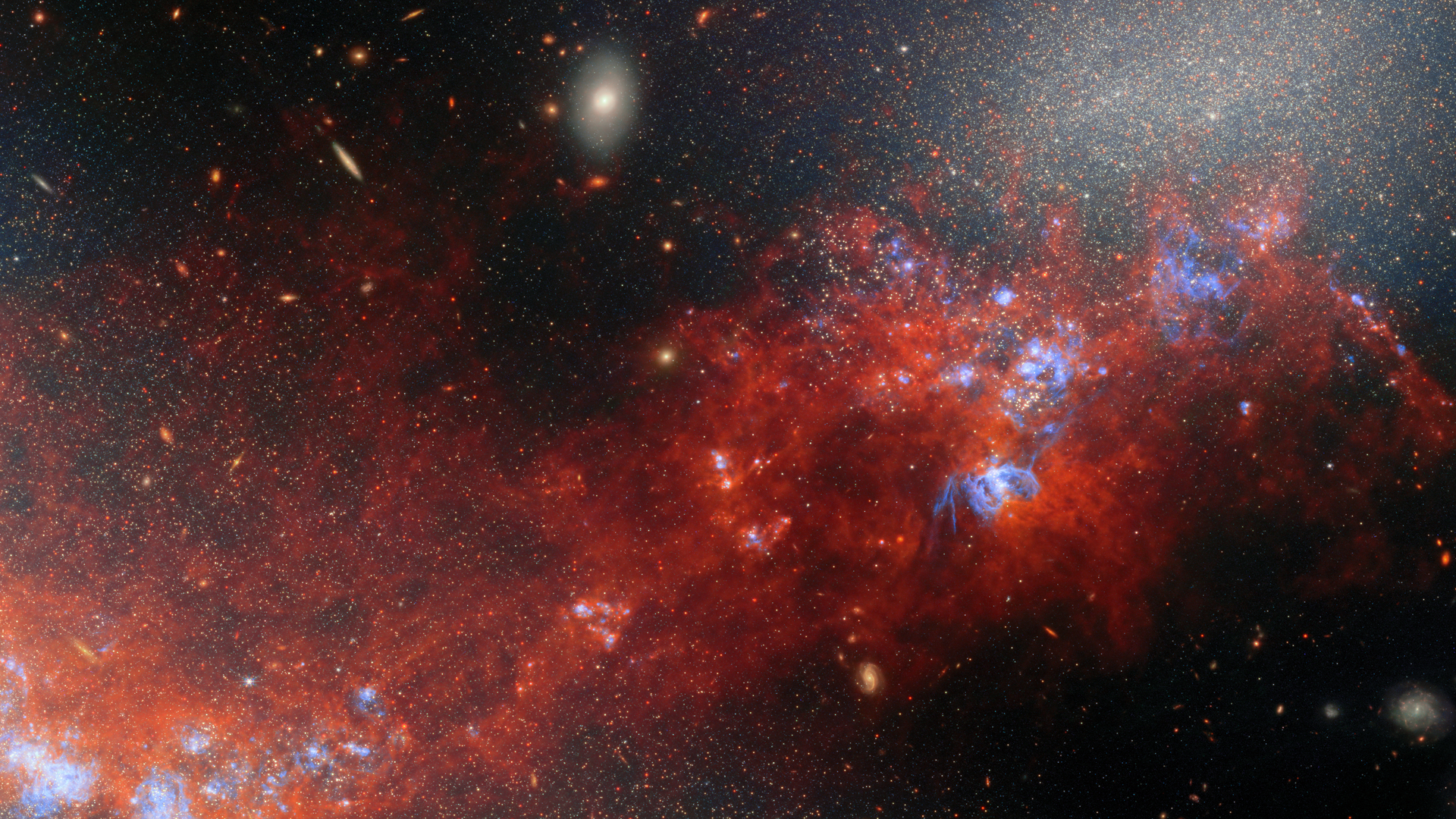Totally Forgettable Lunar Eclipse

An eclipse of the moon occured overnight, but despite some hoopla on the Internet, it was not visible to backyard skywatchers.
The moon shines by reflecting sunlight. The eclipse occured as Earth cast a partial shadow on the moon.
The event is called a penumbral eclipse, and the setup involves only the outer shadow of Earth, rather than the full shadow, or umbra, that can cause a total lunar eclipse or a partial lunar eclipse (the latter looks like a bite has been taken out of the moon).
The eclipse "will not be visible to the naked eye," NASA stated prior to the event.
The imperceptible dimming took place over the Americas, Europe, Africa, and parts of Asia.
The next visible lunar eclipse, a partial one, will occur Dec. 31 and favors skywatchers in Europe, Africa and Asia.
- Gallery: World Series Total Lunar Eclipse
Breaking space news, the latest updates on rocket launches, skywatching events and more!

Space.com is the premier source of space exploration, innovation and astronomy news, chronicling (and celebrating) humanity's ongoing expansion across the final frontier. Originally founded in 1999, Space.com is, and always has been, the passion of writers and editors who are space fans and also trained journalists. Our current news team consists of Editor-in-Chief Tariq Malik; Editor Hanneke Weitering, Senior Space Writer Mike Wall; Senior Writer Meghan Bartels; Senior Writer Chelsea Gohd, Senior Writer Tereza Pultarova and Staff Writer Alexander Cox, focusing on e-commerce. Senior Producer Steve Spaleta oversees our space videos, with Diana Whitcroft as our Social Media Editor.
